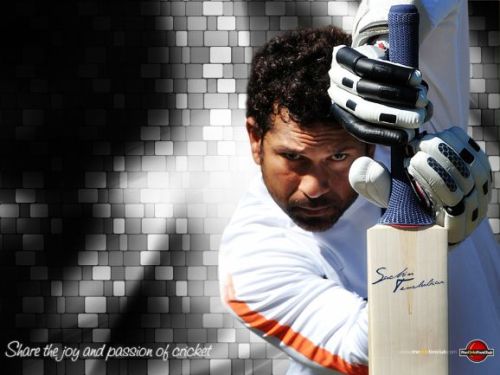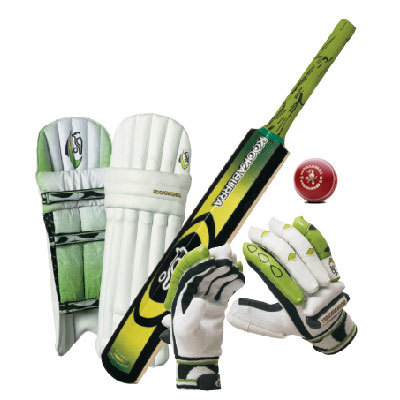| All About Cricket From a leisurely gentleman's game, to the hyped-up, big money tournaments of today, the quirky game of cricket has travelled a long way. History Cricket probably originated in south-eastern England during the Middle Ages. The earliest documented evidence of this game having been played between the late 1400s and early 1500s is a court case over a schoo's ownership of a plot of land, when a 59-year-old coroner, John Derrick, testified that he and his friends had played cricket on the site fifty years earlier. Village cricket had developed by the mid-seventeenth century. Newspaper reports cite an 11-per-side cricket game having been played in Sussex in 1697. Betting on cricket matches was rampant at that time. The British introduced cricket into North America in the 17th century. Settlers took it to the West Indies; in the early 18th century, the East India Company imported it into the Indian subcontinent. It travelled to Australia along with colonization in 1788. New Zealand and South Africa followed in the early 19th century. |  |
 | Rules and game play Traditionally, two teams of 11 players competed over alternating sessions or innings to accumulate more runs. Runs are scored by the batting side. You can score runs by running between the wickets after hitting the ball. If the ball hits the boundary, four runs are scored and if the ball goes over the boundary, six runs are scored. A bowler and two batsmen are the main players at any given point of time. The other on-field members role is to limit the batsmen's runs. Behind each batsman is the wicket three wooden stumps. Six balls bowled consecutively constitute an over. In the course of play, if a ball thrown by the bowler hits the stumps, the batsman is declared out and is replaced by a team-mate. There are several other ploys the bowler and his team can use to get a batsman out. Other methods of getting the batsmen out include: lbw (the ball hits the Leg Before the Wicket) caught (a fielder catches the ball before it hits the ground) run out, (the batsman does not complete his run or reach the crease before the fielder hits the wicket with the ball) and even hit wicket (the batsman hits his own wicket with his bat When the allocated amount of overs is complete or 10 batsmen are out, then the fielding side then becomes the batting side and vice versa. The ultimate goal of course is for the one team to score more runs than the other! |
Types and Matches
| |